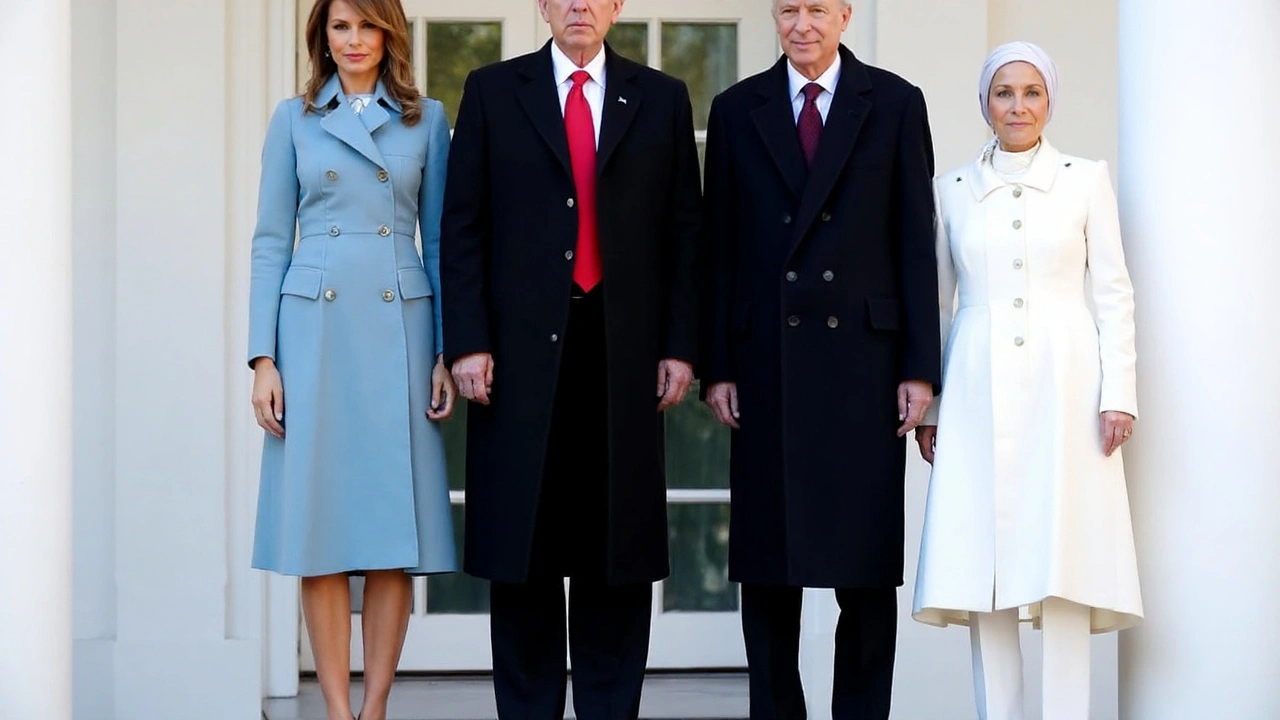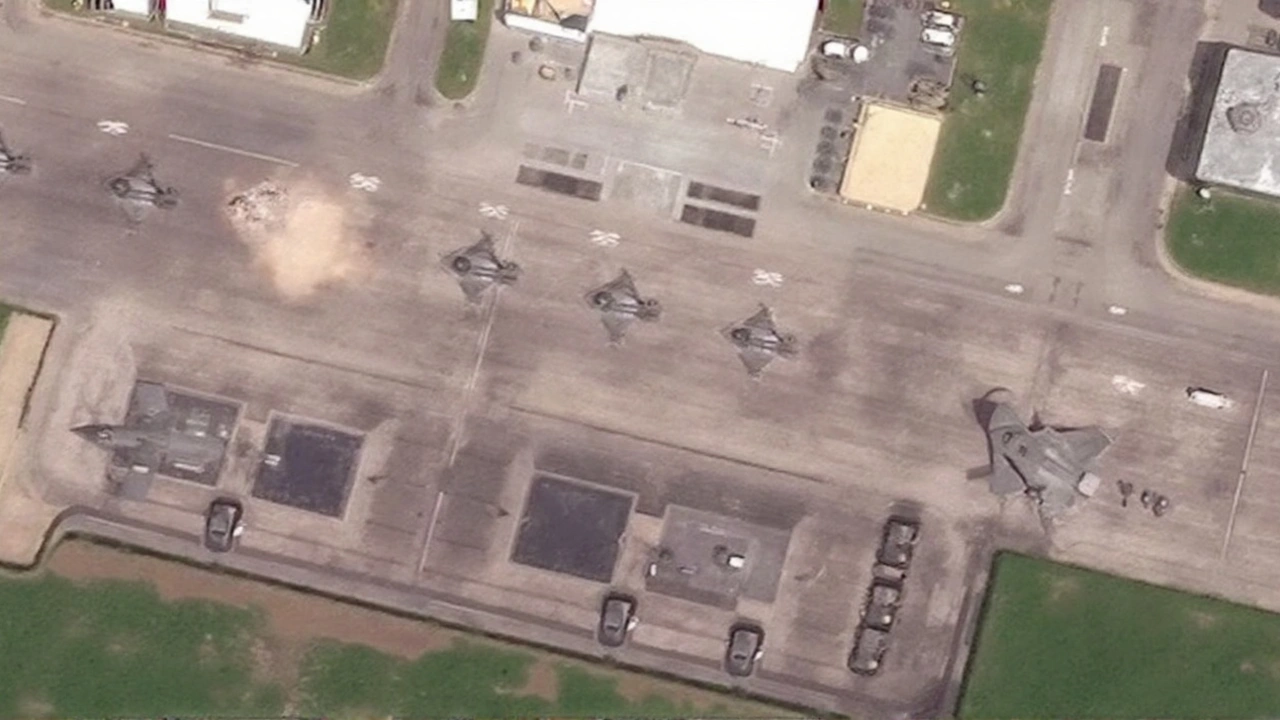
By Sihle
A reset is back on the table. President Donald Trump will welcome Turkish President Recep Tayyip Erdogan to the White House on Sept. 25, with both leaders signaling they want more than handshakes and photos. They want deliverables: fighter jets, commercial planes, and a path—however narrow—out of a defense dispute that has haunted U.S.-Turkey ties since 2019.
Trump, who often spotlights personal chemistry with foreign leaders, framed the meeting as a chance to close “large scale” deals and turn the page. Erdogan, for his part, cast the moment in broader terms, saying progress with Washington could ease regional tensions and widen trade and investment.
What’s on the table: jets, sanctions and trade
The headline items are familiar but high-stakes. First, the F-16 package. Ankara has been seeking dozens of new Viper jets and a large tranche of upgrade kits to extend the life of its aging fleet. That deal would refresh Turkey’s airpower at a time when the region is volatile and Russian-made systems sit on Turkish soil, complicating everything.
Second, Boeing aircraft. Turkey’s commercial carriers have been weighing fleet plans for years, and officials in Ankara have talked up a “large scale” Boeing purchase—think single-aisle workhorses for domestic routes and long-haul widebodies for hubs in Istanbul and Antalya. Expect offsets and industrial participation to be part of the conversation; Turkish aerospace firms want a bigger slice of global supply chains.
And then there’s the elephant in the room: the F-35. Turkey helped build parts of the jet, invested heavily, and planned to buy around 100 aircraft before Washington froze it out in 2019 over the S-400 air defense system acquired from Russia. U.S. officials argued the Russian radar could expose secrets of the stealth fighter. Ankara rejected that, proposed a technical commission, and has since sought compensation for payments it made into the program.
Reviving any F-35 path will require more than warm rhetoric. The sticking point remains the S-400. U.S. law (including CAATSA sanctions on Turkey’s defense procurement agency) and Pentagon security rules leave little wiggle room unless the Russian system is removed, mothballed under verifiable conditions, or transferred out of Turkey—options Ankara has long resisted. If there’s movement, it will likely be incremental: quiet technical talks, confidence-building steps, and a limited roadmap rather than an instant return.
Even an F-16 breakthrough isn’t automatic. Arms sales face formal congressional review under the Arms Export Control Act. That means the State Department can sign off, but Capitol Hill still has a say. In recent years, key lawmakers have attached conditions tied to NATO cohesion, airspace disputes over the Aegean, and human rights concerns. If the White House wants speed, it will need to line up votes and blunt any committee holds.
Beyond jets, trade is a big piece. Bilateral commerce has hovered around the $30 billion mark in recent years, according to U.S. trade data, and both capitals talk about lifting that number. Expect discussion of customs bottlenecks, digital trade rules, and investment in energy, logistics, and aviation services. Turkey’s defense industry—now exporting drones, armored vehicles, and electronics—will push for co-production and tech transfer where it can get it.
Deliverables to watch next week: a joint statement that names the F-16 package and Boeing purchases; a signal on S-400 handling; language on a claims mechanism for Turkey’s sunk F-35 costs; and a pledge to set up working groups on export controls and industrial cooperation. If letters of offer and acceptance (LOAs) for F-16s or a Boeing purchase order appear soon after, that’s your sign talks didn’t just go well—they landed.

Fault lines: Gaza, Syria and NATO politics
The agenda doesn’t stop at hardware. U.S.-Turkey differences have widened on Gaza. Ankara has condemned Israel’s campaign as genocide and pressed for international steps against the Israeli government. Erdogan has also denounced Trump’s floated idea of relocating Palestinians from Gaza and placing the territory under U.S. control—remarks he dismissed as dangerous and unacceptable. That clash of views will color the visit, even if both sides try to firewall it from defense deals.
Then there’s Syria. The U.S. partners with Kurdish-led forces against ISIS. Turkey sees the main militia in that coalition as an arm of the PKK, which it fights at home and across its borders. This disagreement has sparked operational friction and periodic Turkish strikes near U.S. positions. Washington will push for deconfliction and guardrails; Ankara will press for deeper action against what it calls terrorist networks. Neither side expects a grand bargain, but both need rules of the road to avoid accidents.
Inside NATO, the story is mixed. Turkey backed Sweden’s entry after a long, bruising process and has been active in Black Sea grain shipments and NATO missions from the Baltics to the Balkans. Yet disputes over airspace with Greece, maritime claims in the Eastern Mediterranean, and defense procurement from Russia have strained alliance cohesion. The White House will argue that modernizing Turkey’s fleet keeps NATO’s southern flank credible, while critics will warn against rewarding bad behavior. Those two narratives will collide as the F-16 debate heats up.
Domestic politics shadow the talks on both sides. In Turkey, inflation and currency pressures have made foreign investment more valuable, and a steady pipeline of aerospace and defense work would help. In Washington, any big-ticket sale to Ankara will be judged against wider regional policy and Congress’s appetite for risk. The choreography matters: a clear sequence—confidence steps on the S-400, guardrails in Syria, concrete progress on alliance priorities—makes the case easier to sell.
There’s also the legal thicket from the past few years: CAATSA penalties on Turkey’s defense procurement agency, the prior expulsion from the F-35 supply chain, and unresolved financial claims. One pragmatic option both sides have discussed in the past is carving out a financial settlement for Turkey’s F-35 payments while ring-fencing sensitive technology. That won’t restore the partnership overnight, but it could lower the temperature and unlock cooperation elsewhere.
What would success look like on Sept. 25? A green light for the F-16 package with a timeline for deliveries and upgrades; a Boeing agreement with clear industrial participation for Turkish firms; a structured channel to manage the S-400 problem; and a plan to deconflict in Syria. Add in a working group on Gaza humanitarian access and reconstruction, and you’d have a package that blends hard security with diplomatic ballast.
What would failure look like? Vague promises with no dates, no letters of offer, no movement on the S-400, and sharp public barbs over Gaza that drown out the rest. The personal rapport Trump and Erdogan often stress can keep the lines open, but it can’t substitute for concrete steps.
The stakes are obvious. Turkey sits at the hinge of Europe and the Middle East, hosts key NATO assets, and controls air corridors and sea lanes that matter to U.S. planners. For Ankara, access to Western aircraft, parts, and software shapes its airpower for the next two decades. For Washington, keeping a tough ally inside the tent—without compromising security rules—remains the core challenge.
So the White House meeting isn’t just another bilateral. It’s a test of whether two leaders who say they can make deals can actually push through the hardest one on their docket—and whether the broader relationship can move from crisis management to a workable, if imperfect, normal.

Write a comment